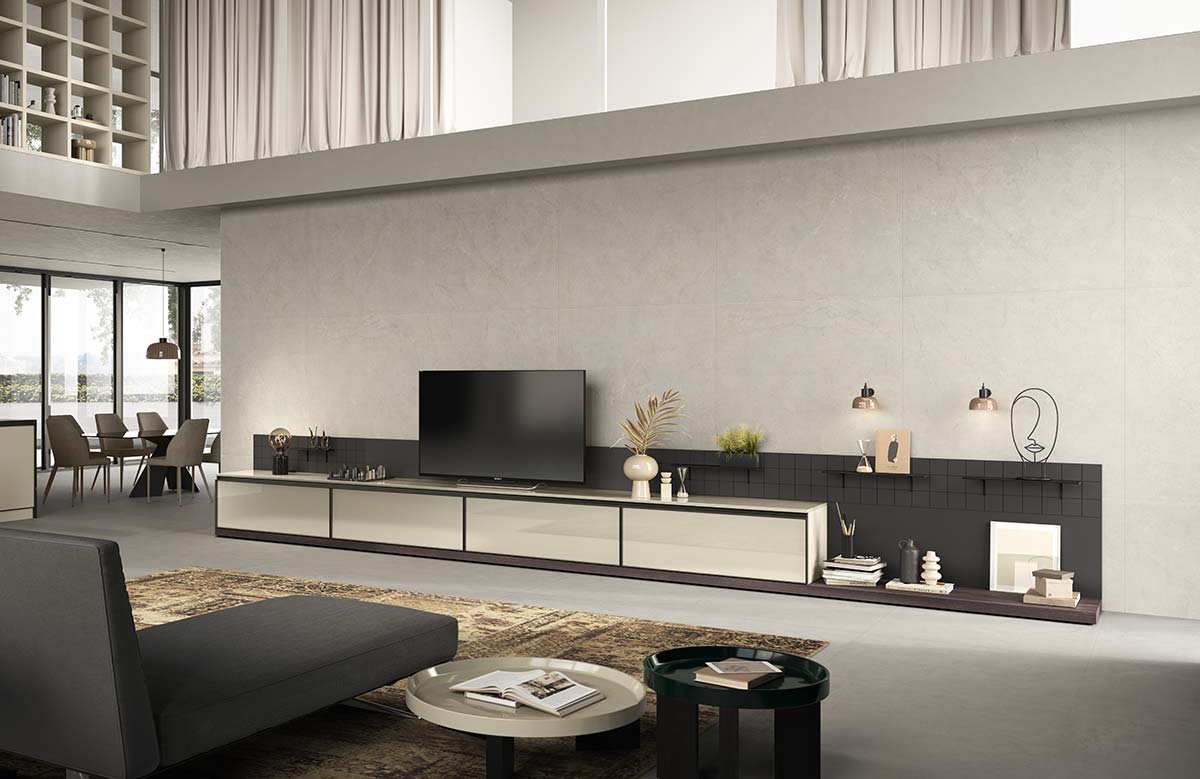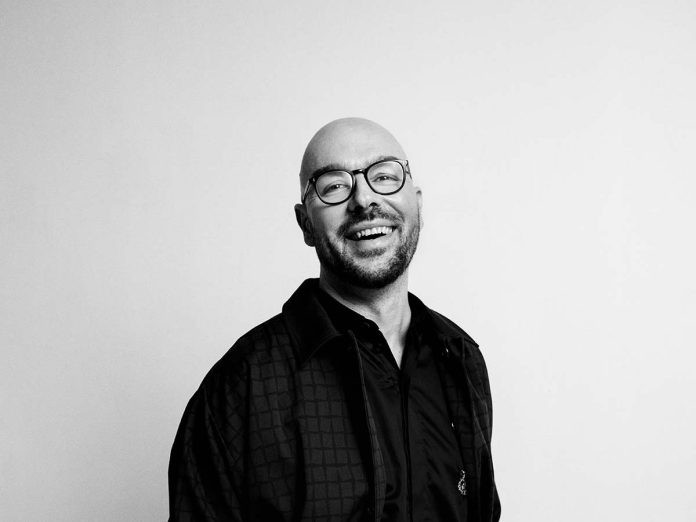Born in Venice but a citizen of the world by vocation, Luca Nichetto embodies a vision of design that blends craftsmanship and industry, tradition and innovation. Based between Venice and Stockholm, the 48-year-old designer constantly draws on the inexhaustible cultural heritage of his hometown, Murano, the millennial cradle of glass art. On a sultry afternoon in early September, we meet him at his Venetian home in the Canaregio district, to delve deeper into his visceral bond with the lagoon city and discover how this is reflected in his design, so personal yet universal.
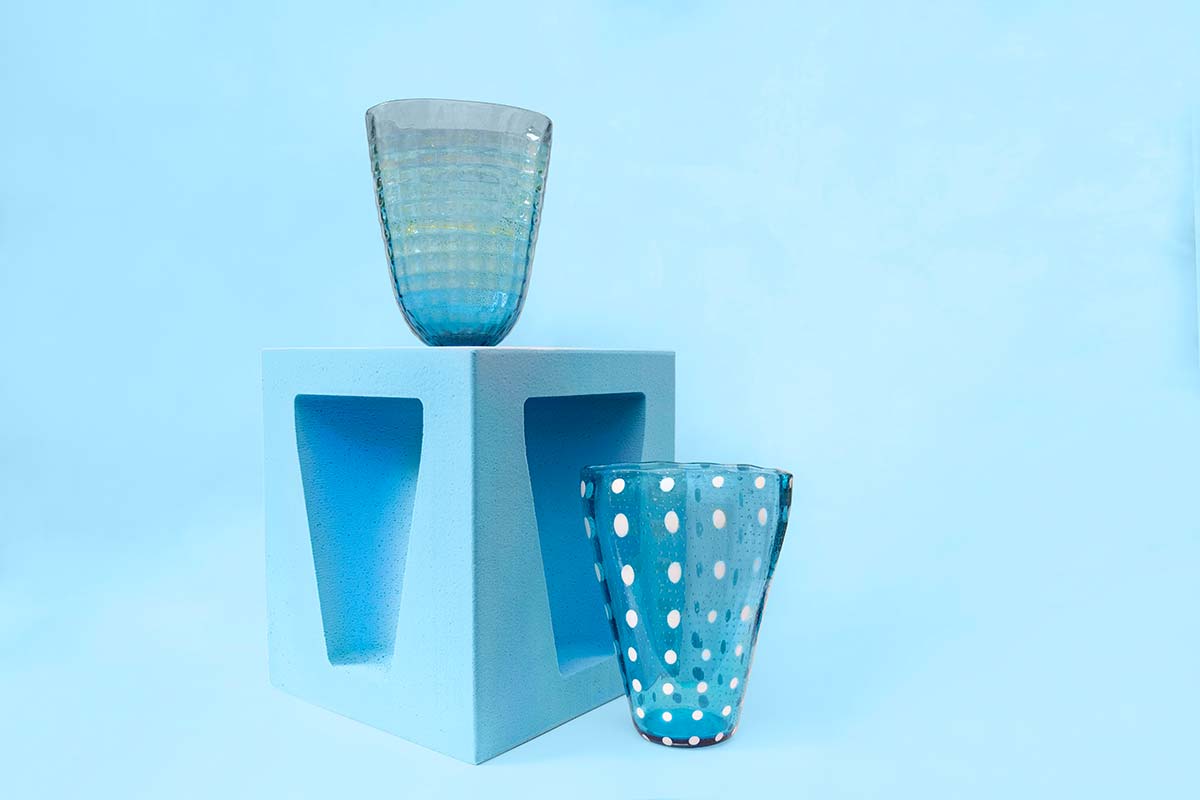
In what way does Venice continue to influence your work today, despite being divided between Italy and Sweden?
Venice is always present. When a young man moves away from his hometown, he begins to see not only its flaws, but also its truest soul. From a design point of view, I always try to integrate Venice or Murano into my work. If I observe my projects, I find traits and influences that derive from my Venetian background. In Venice, I learned to make thoughtful decisions, to create a dialogue with artisans, to respect their craftsmanship. An example? When I work with Murano glass masters, I strive to establish a relationship of exchange, of respect, because they are the ones who shape my ideas. This approach, this way of working, I take with me around the world. Respect for the community and the people I work with is essential for the success of a project. Venice, despite its contradictions and its small communities, remains one of the most multicultural places in Italy. Exposure to different cultures, to different ways of thinking and living, is a wealth that I carry inside me and that influences my work.
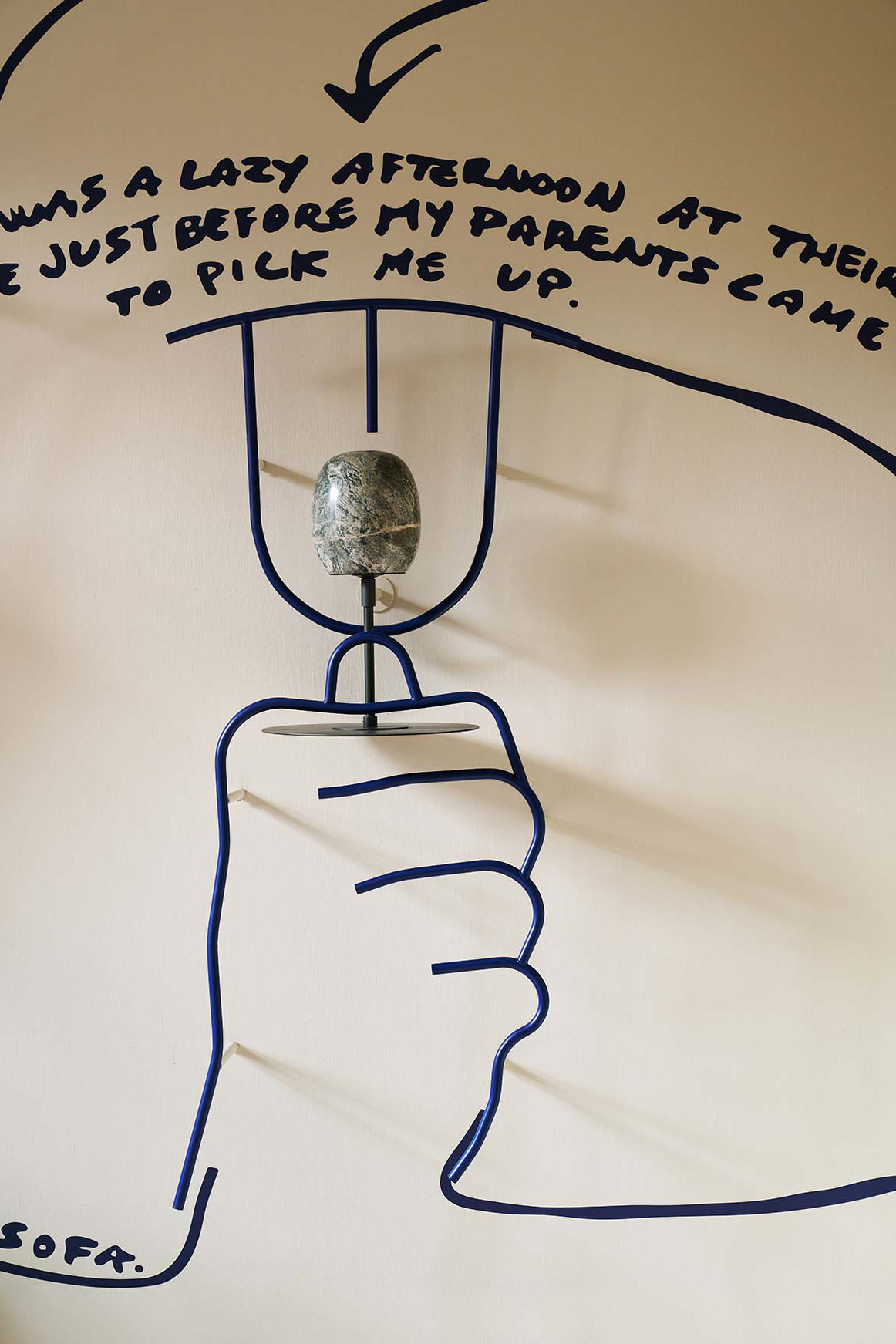

Venice has a very strong identity, but at the same time it is very fragile. As a designer, do you feel the responsibility to preserve this heritage through your work?
I worry that new generations, including my children, are losing touch with ancient crafts and traditions such as glassmaking in Venice. Consumerism often leads us to forget the true value of objects. As a designer, I feel the responsibility to preserve and celebrate this knowledge, educating new generations through my projects and creating bridges between different cultures, as I did by designing lamps with Murano glass.
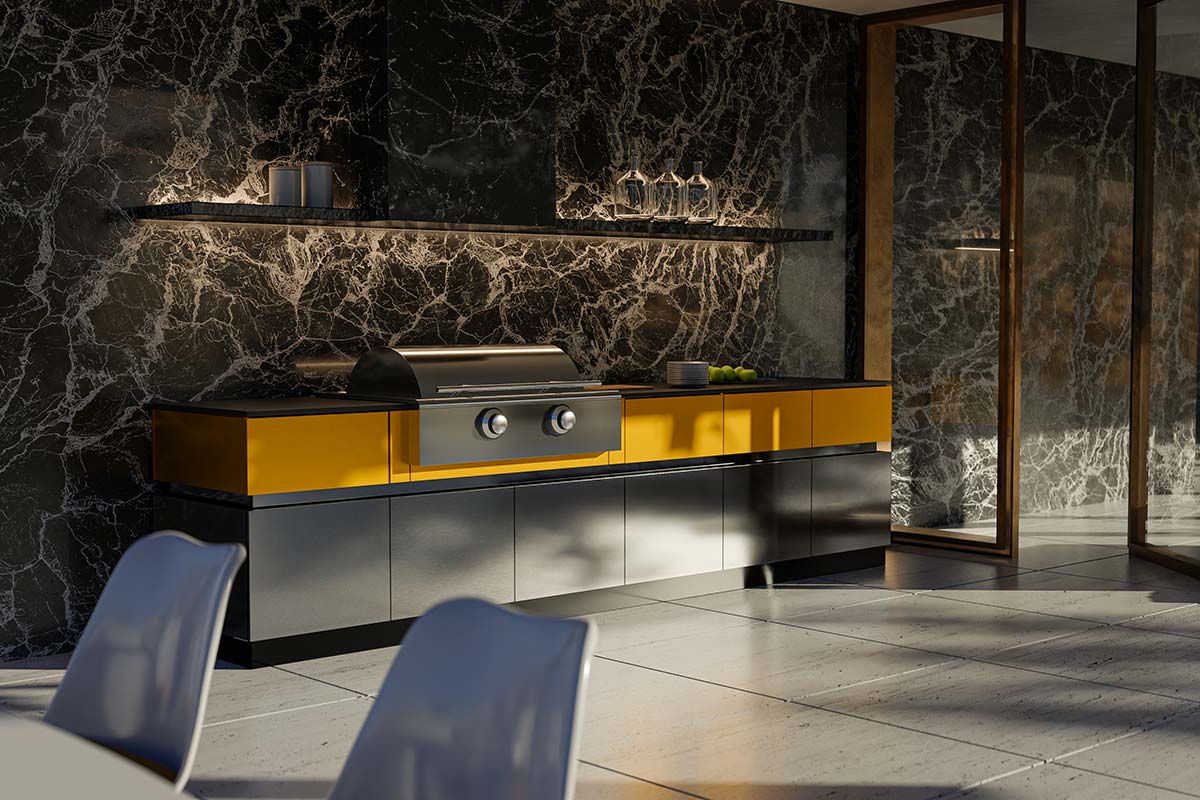
How do you integrate your role as a designer with that of an art director, and how do you reconcile your personal visions with the needs of brands?
Although they are distinct roles, they are complementary: if on the one hand I design objects, on the other I create the visual identity of the brand. A good art director, like a conductor, creates a close-knit team and guides it towards a common goal. However, today many companies, focused on immediate results, risk compromising the construction of a solid and lasting brand identity.
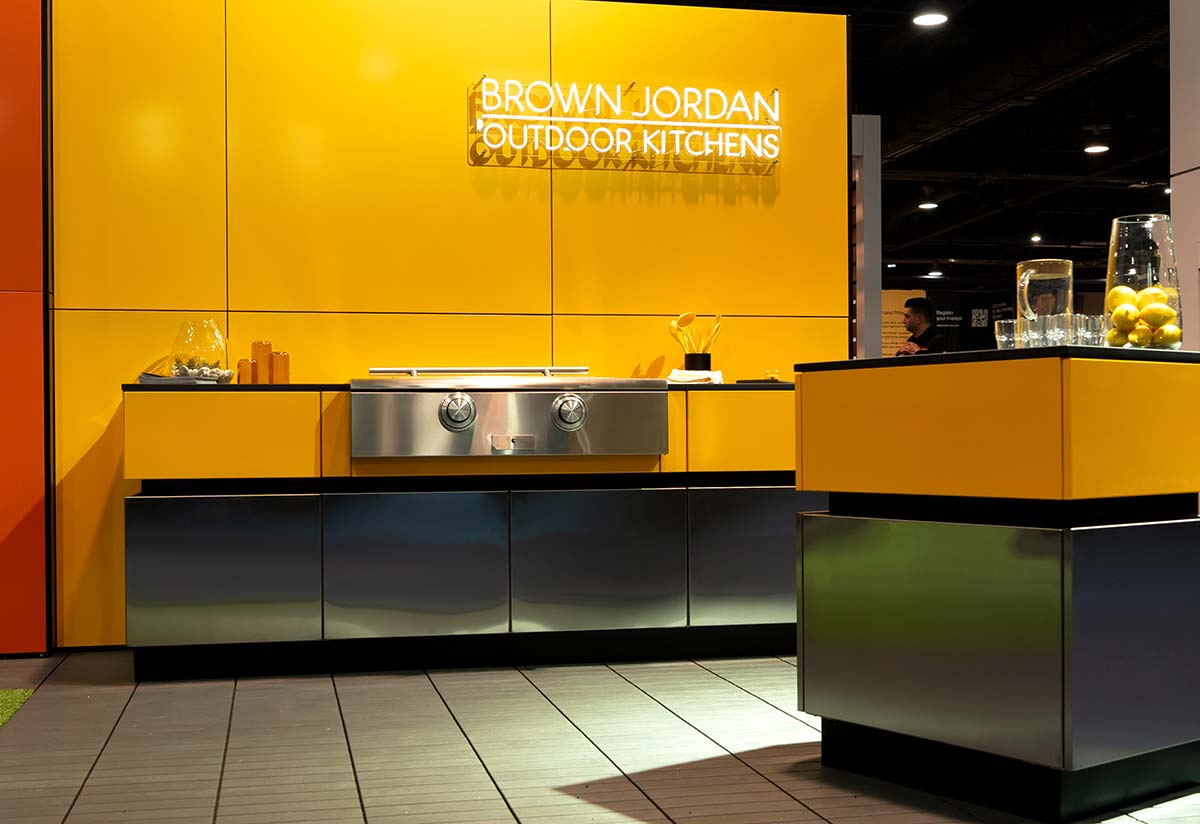
Is there a common thread, a kind of “manifesto” that guides your work as a designer and art director?
Of course there is. I was just talking about it the other day with a collaborator of mine, whom I have been working with for 18 years. We were wondering what guided us in our work, what principles we were inspired by. And we realized that, although many years have passed, our “manifesto” has remained the same: curiosity, passion, a desire to get involved. Whether it’s designing a cup or a building, the approach doesn’t change.
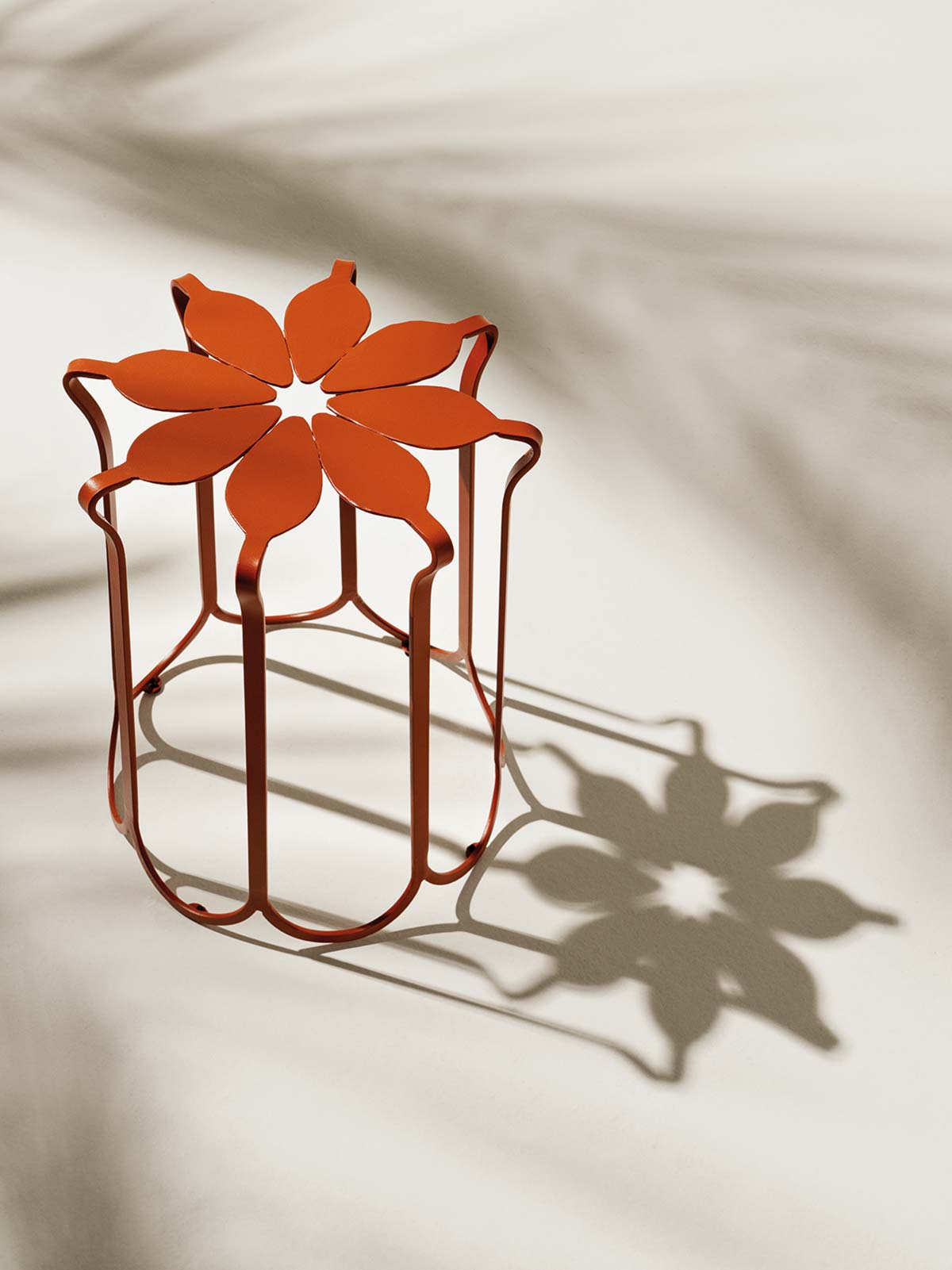
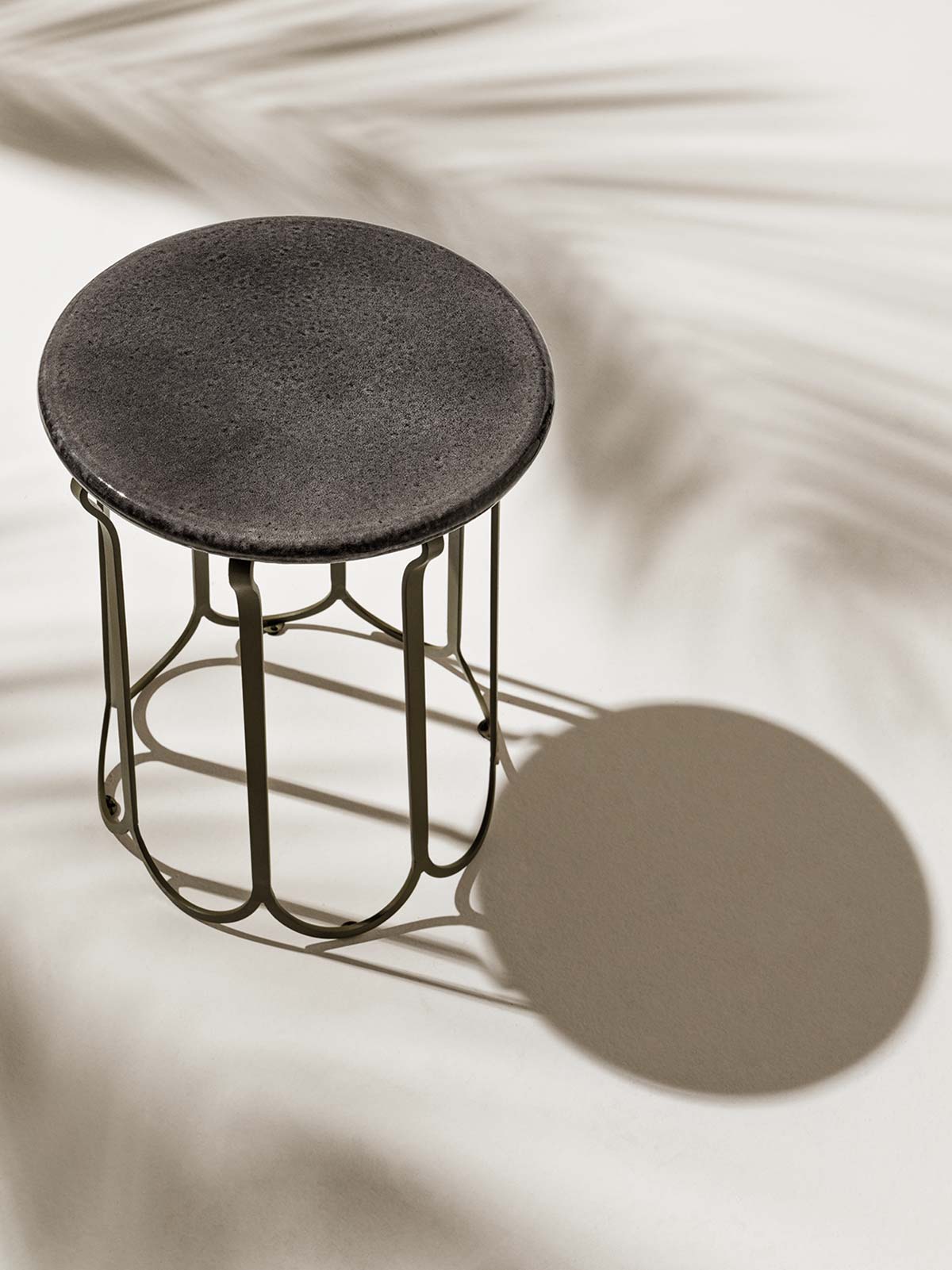
Is there a project that best represents this vision of yours?
I would say the Steinway & Sons piano. It was a challenging project that led me to confront a historic company, with a tradition of the highest craftsmanship. I tried to combine aesthetics with functionality, tradition with innovation, creating a timeless object. And then there was a strong connection to Venice: the Steinway factory, with its wood craftsmen, reminded me of the shipyards where gondolas are built. Two such different objects, the piano and the gondola, united by the mastery of woodworking and a timeless aesthetic.

Finally, do you have any advice for young designers who, like you at the beginning of your career, look to Venice as a source of inspiration?
My advice is to cultivate your curiosity, your passion. Don’t be afraid to experiment, to make mistakes, to be copied. The important thing is to have a strong, recognizable identity. Venice, with its history, its art, its multiculturalism, is an inexhaustible source of inspiration. Observe everyday life, details, rituals. Talk to people, discover the lesser known places. Venice is a city that knows how to give unique emotions, to those who know how to grasp them.
